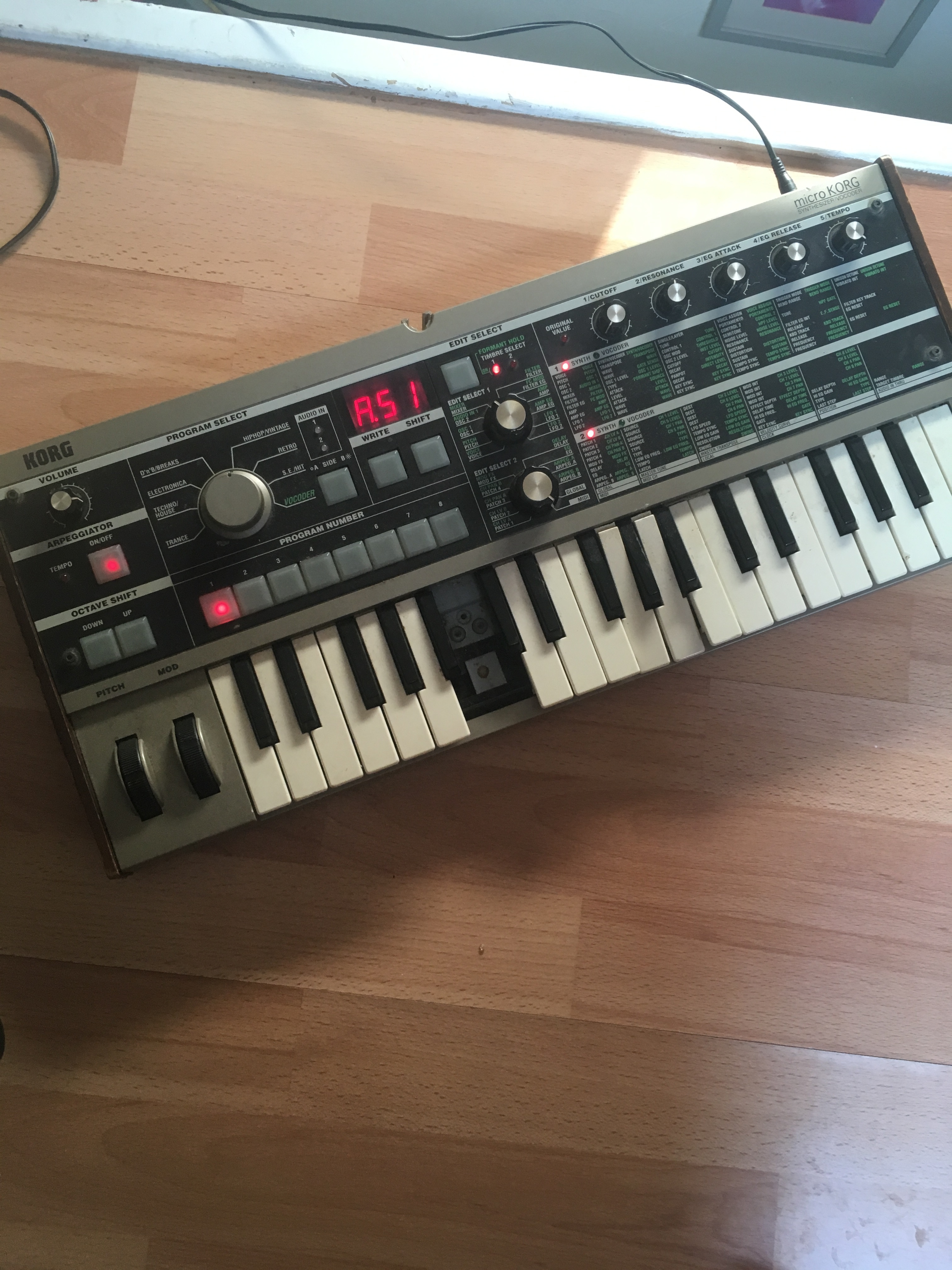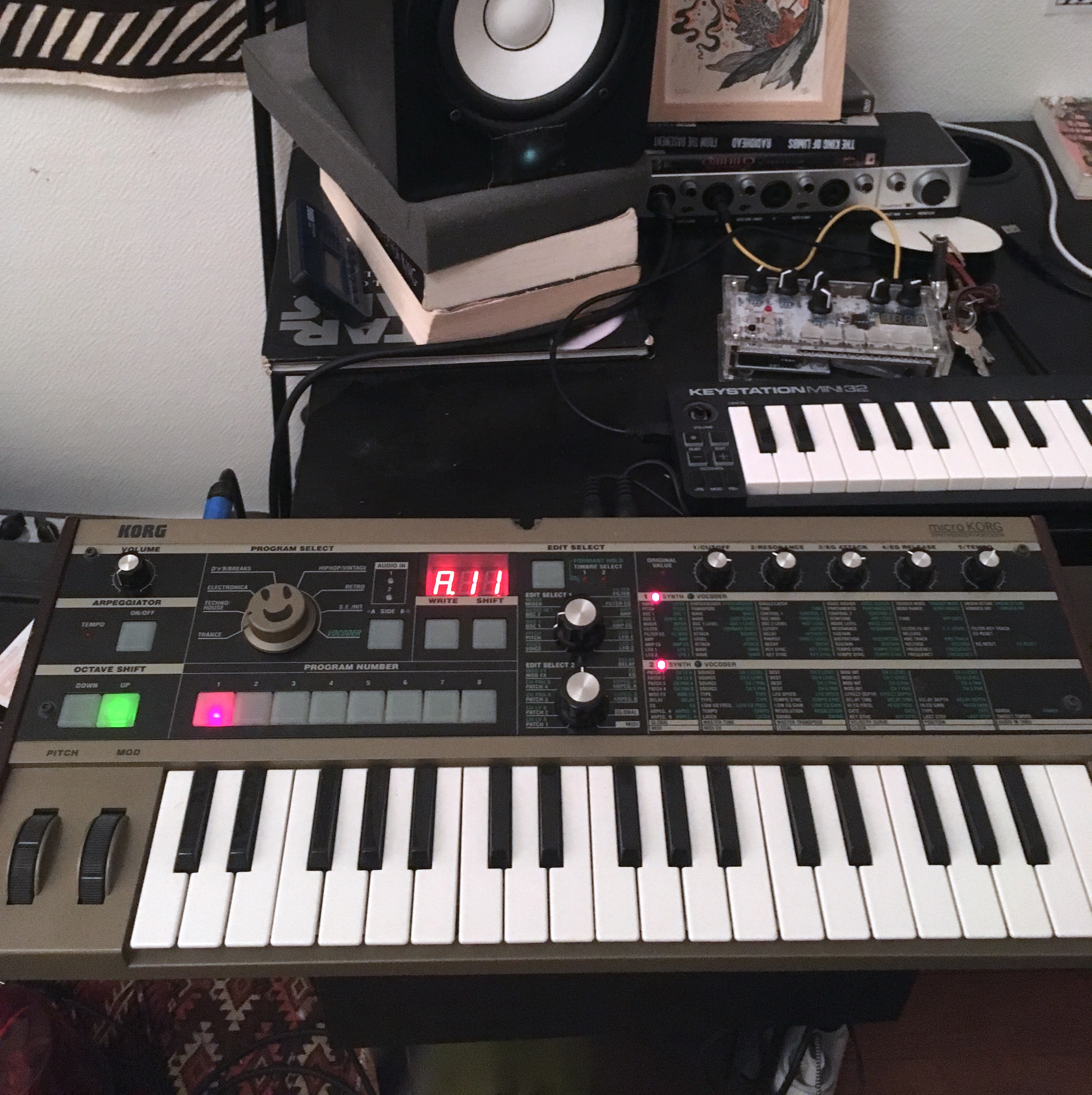


Programs within the current side/bank are accessed by eight numbered buttons just below, and using these buttons in conjunction with the Shift key allows you to access various housekeeping functions. Maybe simply numbering the banks from one to eight might have been preferable this is, after all, how the Microkorg's simple three-digit LED denotes the bank and program numbers. I'm not convinced as to how useful these titles are, to be honest - it all smacks a bit of home-keyboard territory, and anyway, once you've edited a few of the programs, the chances are the descriptions will no longer be valid.
MICROKORG PATCH SETTINGS SERIES
The two 'sides' are selected by a dedicated button, and you access the eight banks via a large knob which clicks around a questionable series of genre titles, such as Trance, Electro and Hip-Hop/Vintage. The programs are arranged in two 'sides' of eight banks of eight programs. There are 128 program memories, any of which are available for overwriting with your own creations, though the factory presets can be recalled at any time in future if required. Whether you like it will therefore depend on your particular needs, but it's definitely worth an audition. It's good as a MIDI controller, though, and the battery operation allows you to use it on the move. The Microkorg sounds great, and may suit some live applications, but others are going to find fault with the mini-keyboard, four-note polyphony and fiddly in-depth editing regime.

Serious players will be dismayed by it, and yet it's not quite aimed at non-players either, as they would surely have been quite happy with even fewer notes? Korg Microkorg £399 The Micro's keyboard is a 37-key C-C type, incorporating velocity response, but lacking aftertouch sensitivity, and it's composed of mini-keys, which is a little strange to my way of thinking. It took me a while to also realise that the control knobs bear more than a passing resemblance to those on my Minimoog - in fact, apart from the position marker on the knob, they are nearly identical! Spooky.Ī quick glance around the back reveals a 3.5mm headphone output, a pair of 3.5mm left/right line outputs, two sets of audio inputs, a trio of MIDI connectors (In, Out and Thru), a power switch and the connector for that justifiably hated external power supply! However, there are no sockets for pedals or footswitches. Photo: Mark EwingSomething about the style and colour of the Microkorg reminds me of such mid-'80s Korg classics as the Poly 800 and DW8000. Apart from its four-voice modelled-analogue synth, Korg have endowed the Micro with a highly capable vocoder (also four-voice - see the box later in this article), a programmable arpeggiator, virtual patching system and a very healthy MIDI spec.

It arrives in a cute package, capable of running on six AA batteries, with a mini-keyboard and more synthesis features than any machine its size should have any right to boast. The latest product to feature Korg's analogue synth-modelling technology, the diminutive Microkorg synth shares many of the features of the company's well-respected MS2000/MS2000R. Now, using the MS2000 virtual analogue synth as a starting point, they're hoping for similar budget triumph with the fun-sized Microkorg. Korg's Electribe grooveboxes presented their analogue-modelling technology in an affordable, dance-friendly format and were a smash success.


 0 kommentar(er)
0 kommentar(er)
